The revolution is being led by a breakthrough technology built on the concept of blockchain, just like Bitcoin or DogeCoin, called NFT. This can lead you to ask yourself, “What does art have to do with crypto or blockchain?” And that is exactly what this article seeks to answer so you are not left behind in this industry-defining revolution.
For photographers, NFTs bring a new realm of opportunities previously unknown or reserved for techies. It opens up a new marketplace and, in turn, the scope to make more money. From offering limited edition prints to participating in online auctions, there’s no shortage of innovative strategies for photographers to explore.
If you’re a seasoned photographer, this trend allows you to explore areas of your that weren’t even known to exist until a few months ago. And if you’re a beginner starting in this career, then incorporating this skill in your daily life can help you boost your career and make much more money.
This article will explore six ways photographers can leverage NFTs to succeed. And hopefully, it can help you explore new ways to make money through NFTs as a photographer.
What are NFTs, and How Do They Work?
But, before you learn how to use NFTs, it is important to understand what they are and how they work. So basically, NFTs are digital tokens proving your ownership of an object, such as artwork, music, and even tweets. These tokens are verified on a blockchain network, meaning they are unique and cannot be duplicated or replicated.
Regarding photography, NFTs offer a revolutionary new way to establish ownership of digital images. An NFT is a unique digital token representing exclusive rights to use, display, and sell a particular idea. Moreover, the NFT acts as a certificate of authenticity, providing irrefutable proof that the image is an original work.
These NFTs are bought and sold on various digital marketplaces and often use cryptocurrencies like Ethereum as a mode of payment.
An NFTs worth is intrinsically tied to the value the market attaches to the work and determines its price. With NFTs, photographers can now monetize their digital images in an entirely new way and establish ownership of their work in a previously impossible manner.
6 Ways Photographers Can Leverage NFTs for Success?
So, how can photographers use NFTs to their advantage? Here are six ways to get started:
1. Sell Limited Edition Prints as NFTs?
One of the most straightforward ways to use NFTs is to create limited-edition prints and sell them as unique digital assets. Limiting the number of images available can make your work more desirable and exclusive. Like a physical piece of art, owning a unique digital asset can entice collectors and enthusiasts alike.
This can be an amazing opportunity for those with an established following, as they can afford to reach collectors who don’t mind paying extra for unique and rare items.
2. Participate in Online Auctions?
Online auctions have now become the dominant marketplace for these sales. They offer an interactive platform where buyers and sellers decide prices themself instead of a third party. These platforms also enable photographers to reach a global audience and showcase their work leu of a higher price for their work.
Online auctions are especially lucrative because they allow you to sort out these tasks from your room without worrying about travelling. This saves up on any fuel or travel costs and will enable you to spend your precious time doing your work.
3. Create Digital Collections?
The ability of photographers to compile digital collections of their work that may be marketed as a whole is one of the special characteristics of NFTs. You may assemble similar pictures or ideas into a coherent, gorgeous collection worth more than the sum of its parts. Collectors and art enthusiasts constantly seek new and ingenious methods to engage their viewers; with inspiration and ingenuity, you may produce priceless photos to highlight your ability. This will provide your portfolio with a competitive advantage.
4. Collaborate with Other Artists?
Working with other artists and creators can be an excellent method of generating one-of-a-kind and valuable NFTs. Combining your diverse abilities and artistic styles can birth an exceptional masterpiece that displays your unique styles.
5. Create Interactive NFTs?
Another exciting possibility NFTs present is the ability to create interactive and dynamic digital assets. You can make the user’s experience even more engaging and immersive by integrating animations for the visual experience and “3-d sounds” for the audible expertise into your digital token. This could range from something as simple as a subtle movement in the image to a full-fledged animation that brings the photo to life. These can create a new layer of depth and complexity to a work of art, taking it beyond a still photograph to a truly interactive experience.
6. Use NFTs as a Fundraising Tool?
You may contribute your skills and creativity to a philanthropic cause by using NFTs. You may use your digital assets to improve the world when you start an NFT project by promising to donate a portion of the profits to a charity or non-profit organization. This gives you a chance to utilize your art to advance social concerns that are important to you and to improve the lives of others genuinely. Using NFTs, creative people like photographers and painters may significantly increase charitable initiatives while bringing attention to causes close to their hearts.
The Benefits of Using NFTs for a Photographer Like You?
So, why should you, as a photographer, care about NFTs? There are several benefits to using NFTs to monetize your work.
NFTs are a game-changer for you since it opens up exciting new possibilities for selling your work to collectors and fans. Creating an NFT of your image transforms it from a mere digital file into a unique and valuable asset, elevating the perceived value of your work and potentially leading to higher sales prices.
But that’s not all; NFTs also give you greater control and ownership over your work. For example, when you sell an NFT, you’re not selling the copyright to your image but only the right to use and display it. This means you can continue to sell prints or licenses to use the image while the NFT owner(you) has exclusive ownership of the digital asset.
Finally, NFTs provide a way to connect with a new audience and gain exposure to your work. The cryptocurrency and blockchain world is still relatively new and exciting, and many collectors and investors are eager to explore this space. By creating an NFT of your work, you can tap into this audience and potentially reach new fans and buyers.
How NFTs are Changing the Photography Industry?
The rise of NFTs is having a significant impact on the photography industry. Traditionally, photographers have made money by selling prints, licensing their work in advertisements or media, and through commissions. While these methods are still valid, NFTs are opening new revenue streams and changing how photographers think about selling their work.
One of the most significant changes is the shift toward selling digital images or videos as unique items you can verify to be yours, thanks to blockchain technology. In the past, digital files were often seen as less valuable than physical prints, as they were quickly replicable and lacked the tangible quality of a physical photograph. However, NFTs have changed this perception by providing a way to certify the uniqueness and authenticity of a digital image.
NFTs also change how photographers think about ownership and control of their work. By creating an NFT, photographers can sell their work’s use and display rights while retaining ownership and control. This means they can continue to sell prints or licenses for commercial use while the NFT owner has exclusive digital asset ownership.
How to Create and Sell NFTs as a Photographer?
Creating and selling NFTs can seem daunting, but it’s relatively easy. Here are the basic steps:
- Create a digital wallet: To buy and sell NFTs, you’ll need a digital wallet that supports cryptocurrency. There are many options available, such as MetaMask or Coinbase Wallet.
- Create your NFT: Several marketplaces allow you to create your own NFT, such as OpenSea or Rarible. First, you’ll need to upload your digital file and set the parameters for your NFT, such as the number of copies available and the price.
- List your NFT for sale: Once your NFT is created, you can list it on various marketplaces. But first, you’ll need to set a price and wait for a buyer to make an offer.
- Transfer ownership: Once a buyer has purchased your NFT, you must transfer ownership to their digital wallet. This is typically done through a process called “minting,” which verifies the authenticity of the NFT and transfers ownership to the buyer.
Some NFT Marketplaces Preferred by Photographers?
There are many NFT marketplaces available, but here are a few of the top options used by photographers:
- OpenSea: One of the largest NFT marketplaces, with a wide range of digital assets available for sale
- SuperRare: A curated marketplace for digital art with a focus on high-quality and unique pieces
- Nifty Gateway: A marketplace for limited edition drops and auctions focusing on digital art and collectables.
The Importance of Embracing New Technologies in the Art World
The rise of NFTs is just one example of how technology has changed the art world. Being up to date with these technological advancements as a photographer and looking into new revenue streams for your work is crucial. NFTs provide a variety of interesting chances for you to interact with new audiences, raise the value people associate with your work, and maintain creative control over it. Adopting this new technology may advance your photographic profession and produce one-of-a-kind digital assets or NFTs that take your career to the next level.
With this, it is also crucial to remember that the art that you’ve mastered through years of practice makes all the difference, and these advances are just tools for you to utilize but not something to replace your virtuoso.

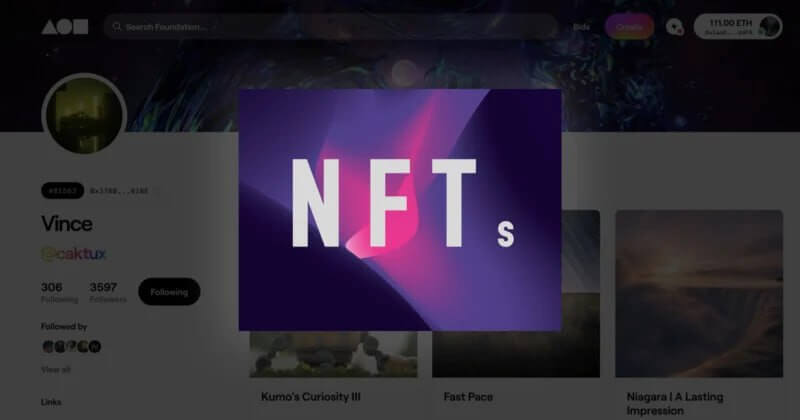
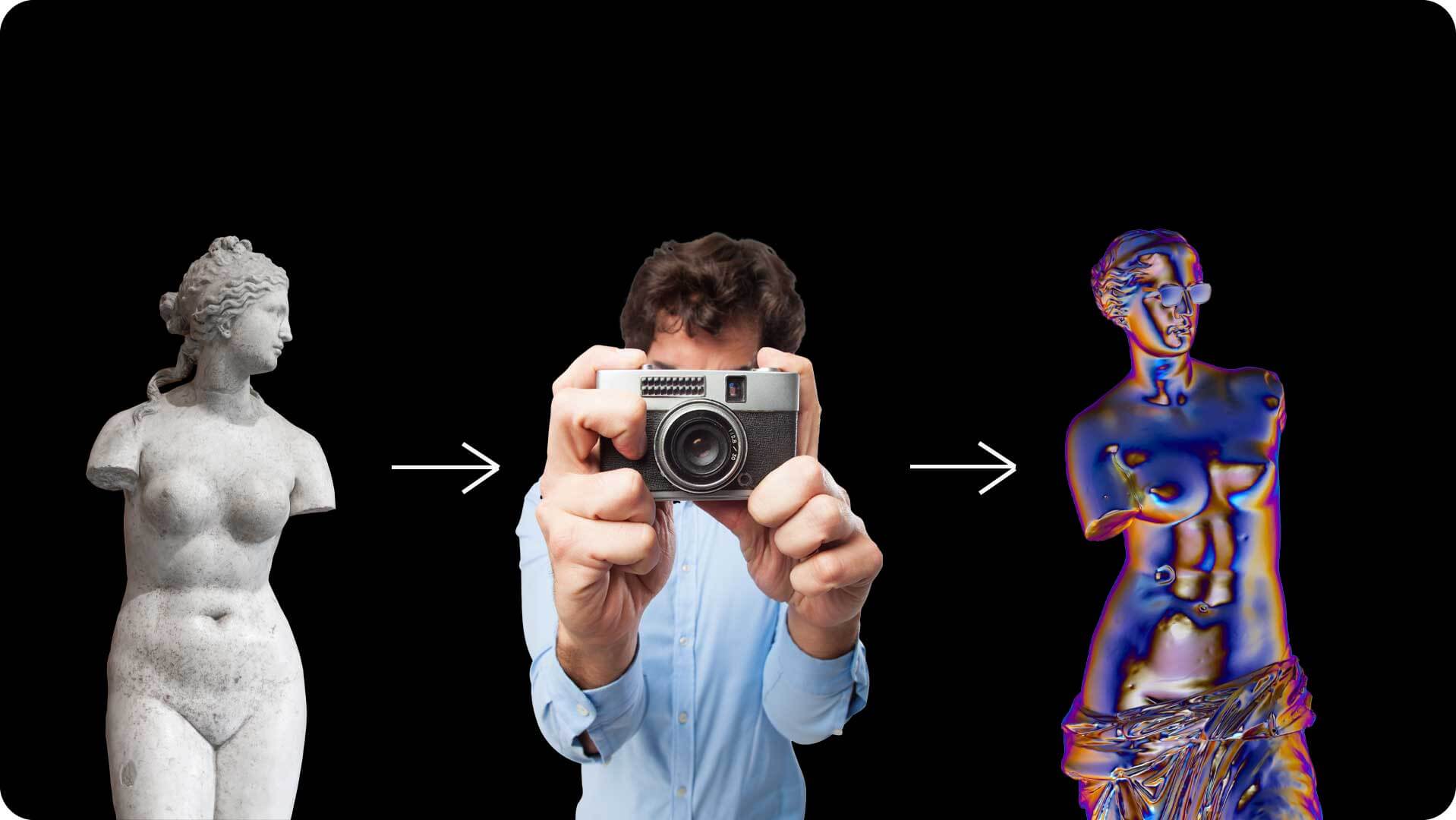

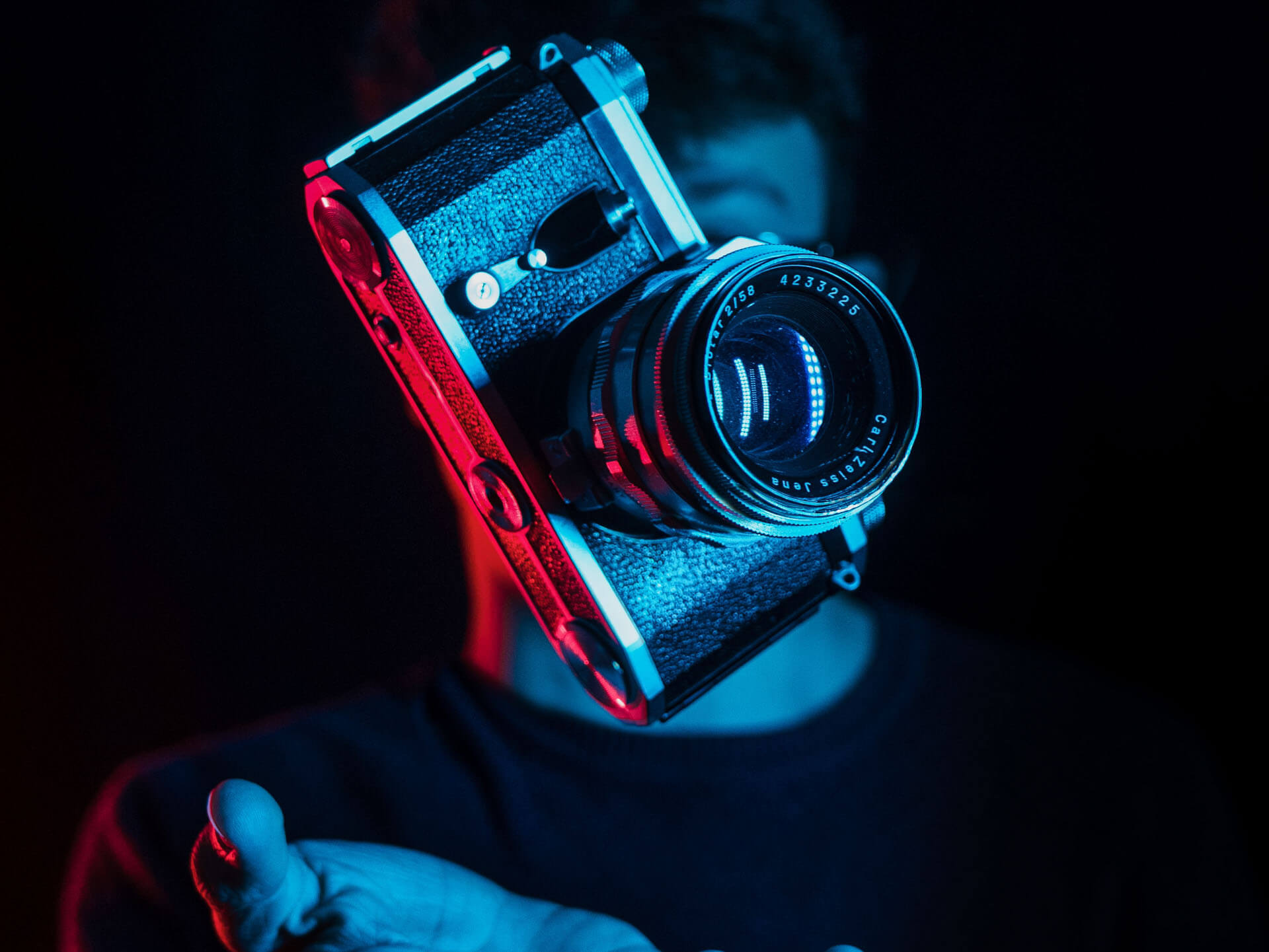
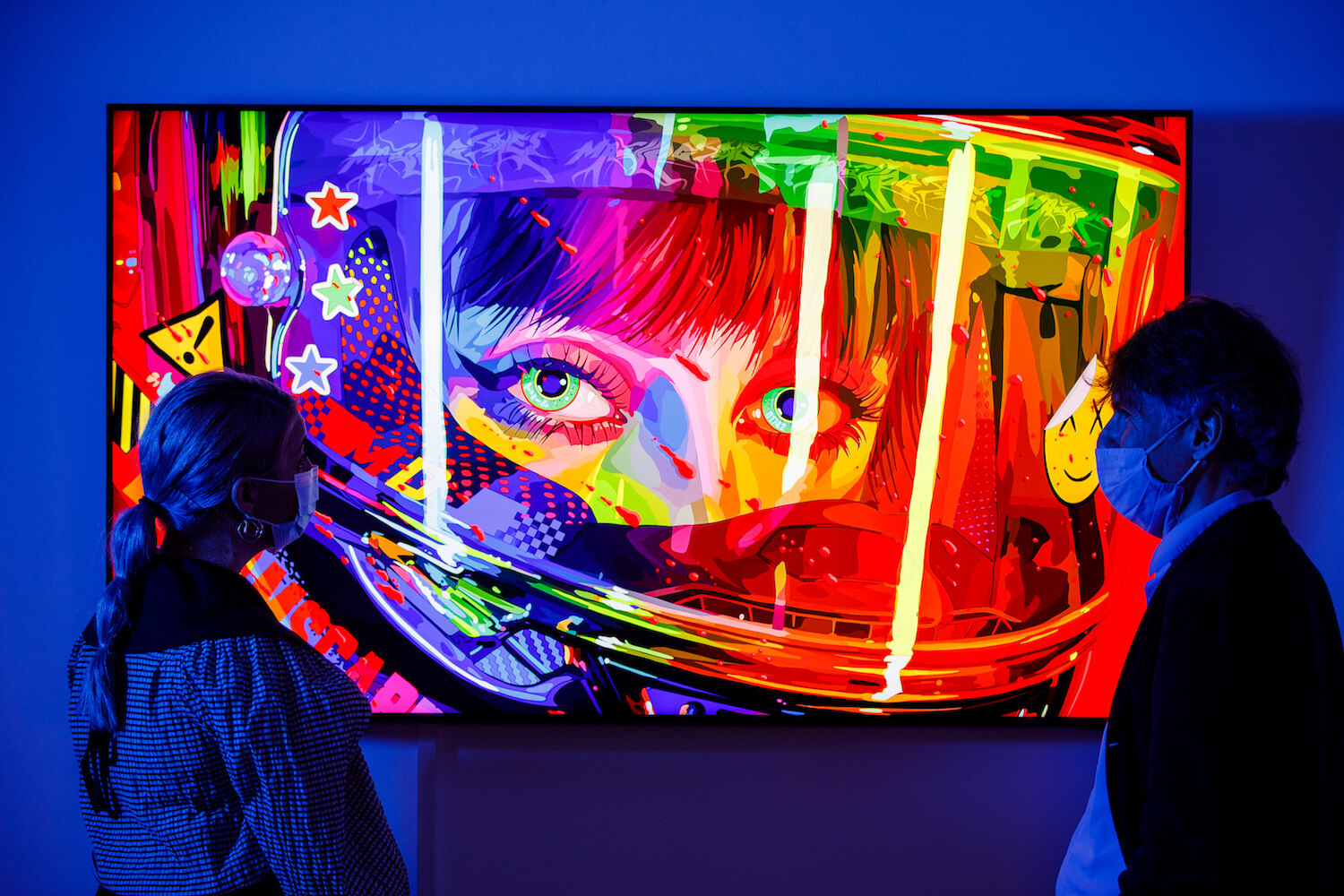
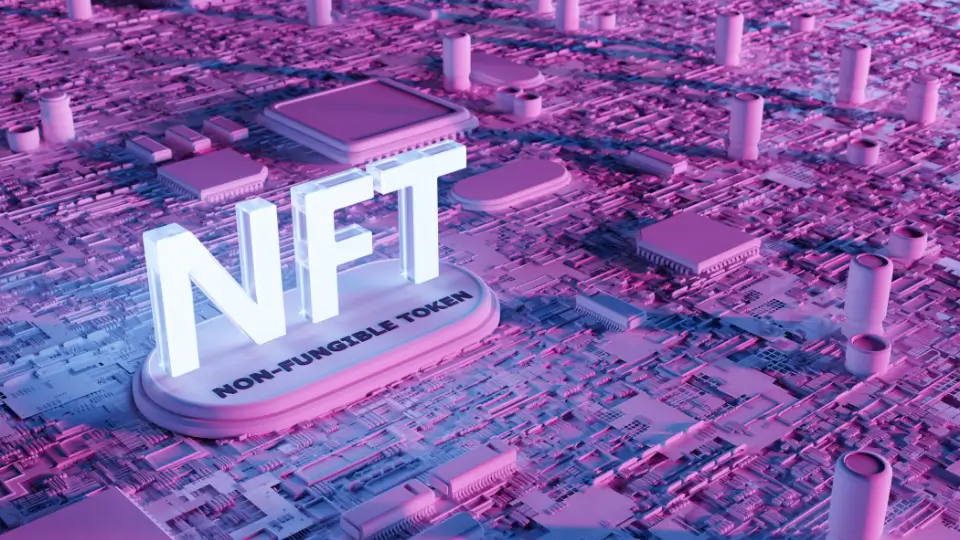

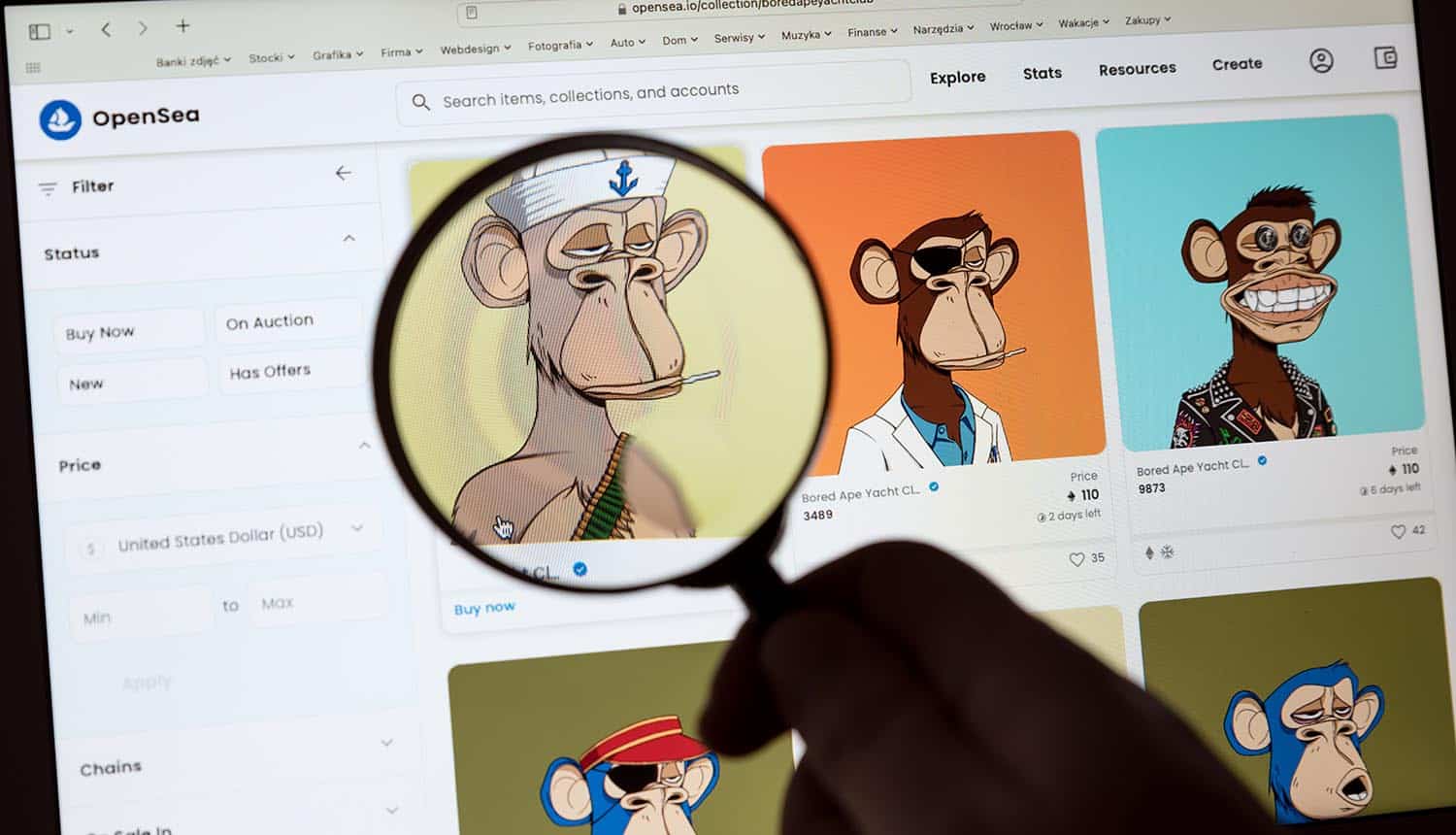

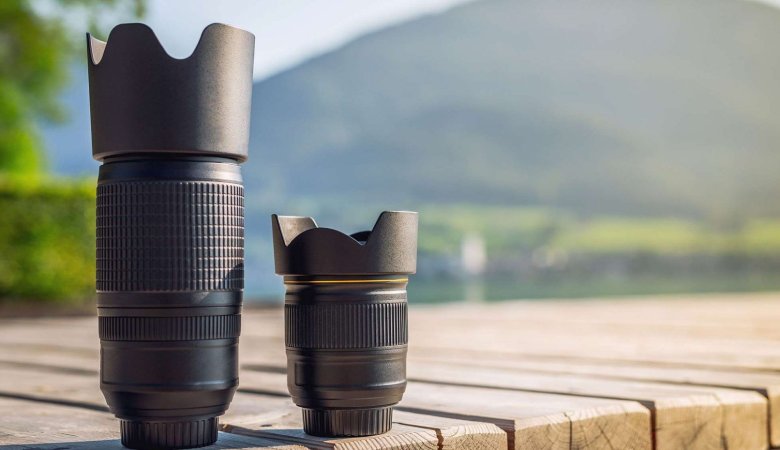


Leave a Reply